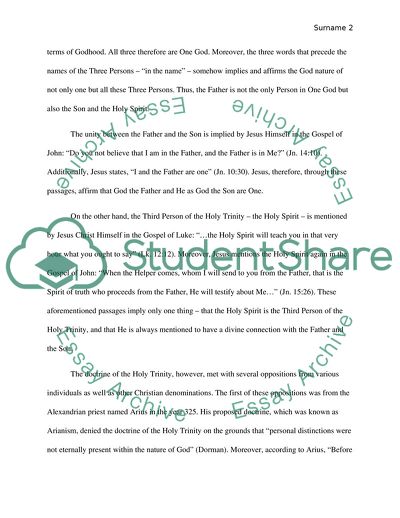Cite this document
(The Idea of the Holy Trinity for Catholics Essay Example | Topics and Well Written Essays - 1750 words, n.d.)
The Idea of the Holy Trinity for Catholics Essay Example | Topics and Well Written Essays - 1750 words. https://studentshare.org/religion-and-theology/1760187-c-hristianity-holy-trinity
The Idea of the Holy Trinity for Catholics Essay Example | Topics and Well Written Essays - 1750 words. https://studentshare.org/religion-and-theology/1760187-c-hristianity-holy-trinity
(The Idea of the Holy Trinity for Catholics Essay Example | Topics and Well Written Essays - 1750 Words)
The Idea of the Holy Trinity for Catholics Essay Example | Topics and Well Written Essays - 1750 Words. https://studentshare.org/religion-and-theology/1760187-c-hristianity-holy-trinity.
The Idea of the Holy Trinity for Catholics Essay Example | Topics and Well Written Essays - 1750 Words. https://studentshare.org/religion-and-theology/1760187-c-hristianity-holy-trinity.
“The Idea of the Holy Trinity for Catholics Essay Example | Topics and Well Written Essays - 1750 Words”. https://studentshare.org/religion-and-theology/1760187-c-hristianity-holy-trinity.


